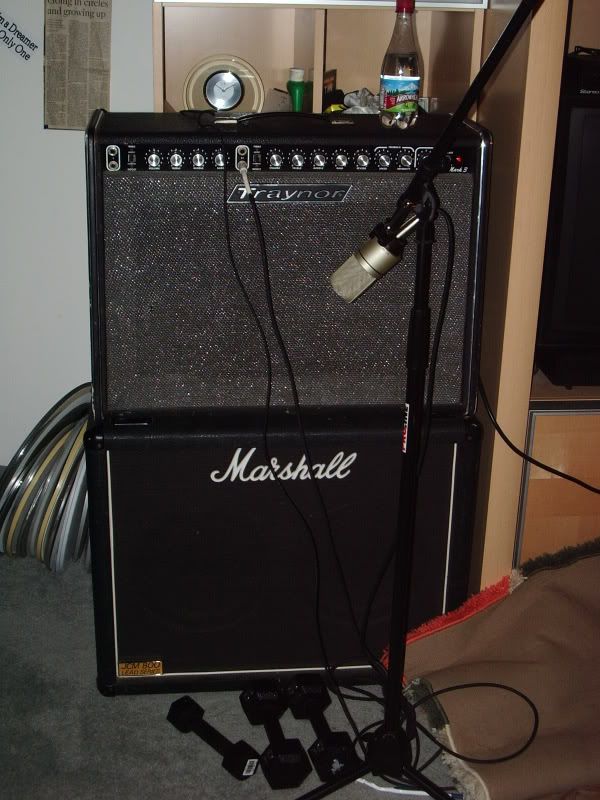well this is the current state of EQ...and I know this cause Ive seen the scientific results of what occurs to an electric impluse.
In the electronic engineering world, they have what they call an oscilloscope. It's VERY good that you know and understand why to use one.
Whenever you have ANYTHING that works on a signal in different bands, you always have to be concerned with phase shift.
Think of it as kind of a sonic derailing of frequencies...we all know what a derailed train looks like.
So you could think of an inexpensive EQ as a weak rail. (I dont know if thats the best comparison, but I'm much better at visualizing it than explaining it.)
Whenever you deal with inexpensive EQs of either an analog or digital medium, you will run into those problems. But not to worry! That's actually a good thing (to me), cause honestly, I'd avoid EQ all the way around. In tracking and in mixing. I know that concept sounds horrible, but it's what I swear by.
But of course, you have the EQ there, so no one can tell you not to use it.
I learned that from a guy by the name of Rupert Neve. I never met him directly, but the man who did had that advice for me.
He said, "keep the sound pure".
Besides, I'm going to tell you a little secret on the historic use of EQ.
Ever hear about "british EQs"? Well the way I understand it, British engineers historically tend to EQ things more than American engineers do. So the need for better EQing was always in demand.
I don't know that part for a fact, but I can see where the high standard of EQ design comes from.
So I'd say, if you want to EQ something, try different mic placement or treatment to the source.





